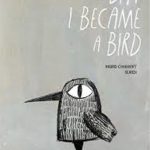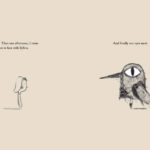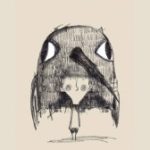Finding What’s Real is the sequel to Escaping Perfect and does not stand alone, as it picks up right after the first book ends, and the plot continues where it left off. The main character, teenager Cecilia Montgomery, who was on the run for two weeks to escape her overbearing politician mother, has returned to her hometown. She misses the anonymity she enjoyed in the small town, but there is no way she can escape back to that life. Not now that her mother has announced that she is running for the presidency of the United States.
Now Cecilia is not only trapped with her mother, but surrounded by those who may be false friends, liking her only due to her family fame.
I wasn’t that impressed with the first book, and find the second one similarly predictable. Young Adults readers may enjoy the drama, but I wasn’t enthralled with either book.




 ated an engaging beginning reader book. This book contains three short story that feature Snail and Worm. Snail is a happy, likable guy that is sometimes misguided in his understandings. Worm is more astute and is friends with Snail.
ated an engaging beginning reader book. This book contains three short story that feature Snail and Worm. Snail is a happy, likable guy that is sometimes misguided in his understandings. Worm is more astute and is friends with Snail.